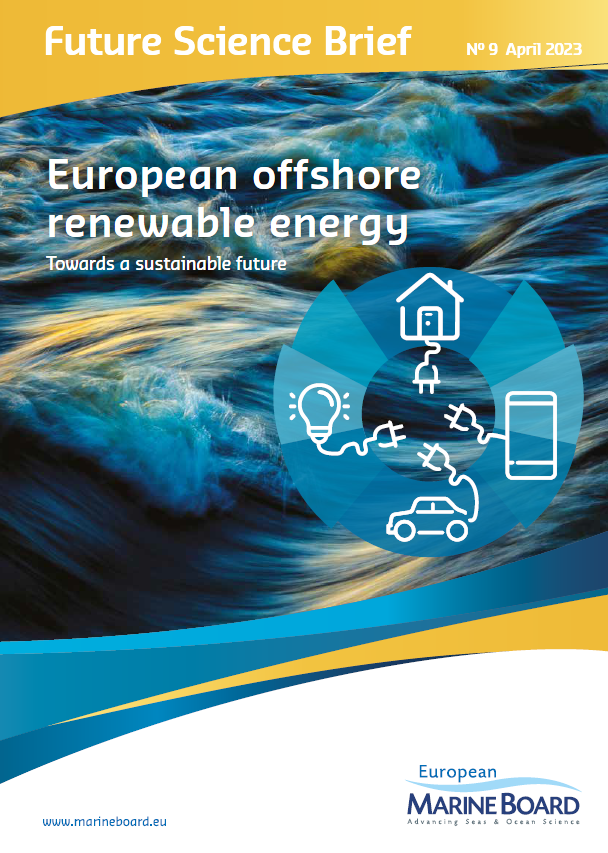
The first wind turbines were installed at sea over 30 years, ago in 1991, and until recently, ongoing European deployment of offshore wind farms and other renewable energy extraction devices has been mainly focused in the North Sea. The increasing appreciation of the need to drastically reduce carbon emissions and move towards carbon neutrality has now put the offshore renewable energy sector into the spotlight. The 2019 EU Green Deal presents Europe’s significant ambitions towards this carbon neutrality target and identifies offshore renewable energy as a key means to achieving that target. This, together with geopolitical instability leading to issues around energy security, are key drivers for a large-scale expansion of offshore renewable energy extraction across the European sea basins.
It is critical that this large-scale expansion is managed in a sustainable, equitable and responsible manner, so that carbon neutrality is not achieved at an unacceptably high environmental or societal cost. A delicate balance must be achieved by reducing carbon emissions, which drive climate change, whilst avoiding harm to the natural ecosystems and socio-economic systems in which these offshore renewable energy extraction systems are deployed.
Building on the recommendations made in EMB Vision Document No. 2 on Marine Renewable Energy from 2010, and at a critical juncture for the industry, Future Science Brief No. 9 provides an overview of the technology and European deployment status in the sector. It discusses the environmental and socioeconomic considerations, and presents the key knowledge, research, and capacity gaps that must be addressed to ensure sustainable delivery of the EU Green Deal objectives. It closes with key policy, research, capacity, and data recommendations to take the sector forward.
The Future Science Brief No. 9 can be downloaded here.
This publication is being launched during a dedicated webinar. You can find out more about this event here.